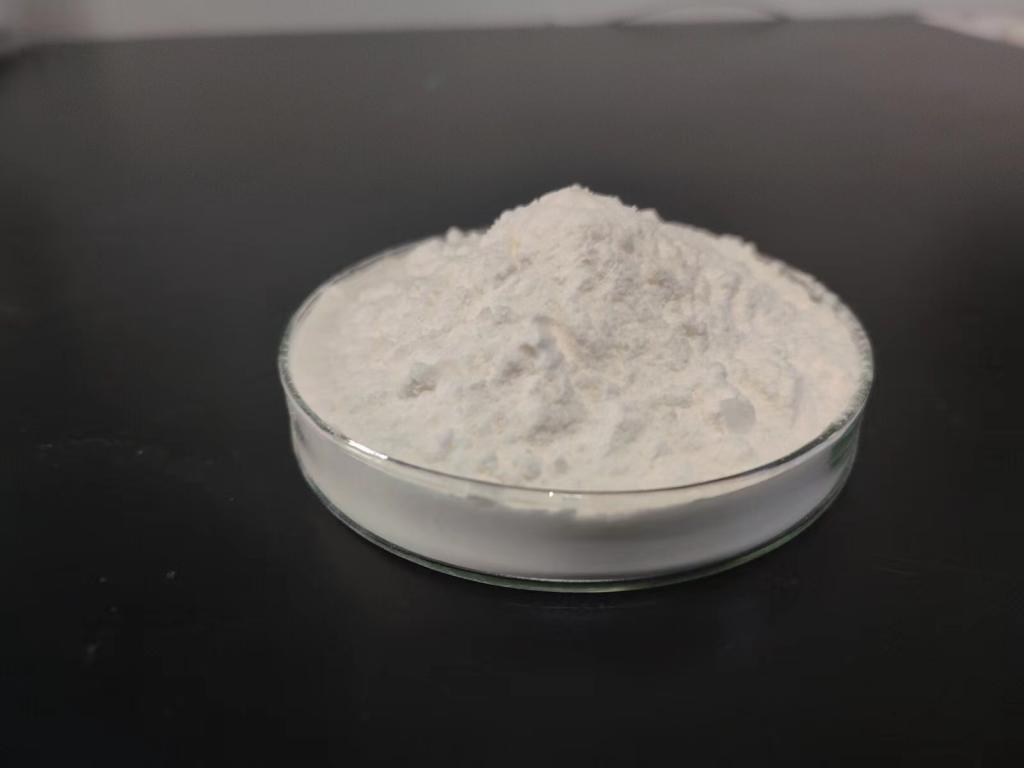Tel:+8618231198596

News
 CONTACT
CONTACT
 CONTACT
CONTACT
- Linkman:Linda Yao
- Tel: +8618231198596
- Email:linda.yao@dcpharma.cn
- Linkman:CHARLES.WANG
- Department:Overseas
- Tel: 0086 0311-85537378 0086 0311-85539701
News
Current Position:
Home >
News
>ε-Polylysine Hydrochloride: A Key Player in the Battle Against Food Waste
ε-Polylysine Hydrochloride: A Key Player in the Battle Against Food Waste
TIME:2023-12-28
I. The Scale of the Food Waste Problem:
A. Global Magnitude:
Food waste is a pervasive issue with staggering global implications. According to the Food and Agriculture Organization (FAO) of the United Nations, approximately one-third of all food produced for human consumption is lost or wasted each year. This amounts to nearly 1.3 billion tons of food, worth about $1 trillion.
B. Environmental and Social Consequences:
Beyond the economic impact, food waste takes a toll on the environment and exacerbates social inequalities. The production, processing, and disposal of wasted food contribute to greenhouse gas emissions, deforestation, and the depletion of water resources. Meanwhile, millions of people around the world suffer from hunger and malnutrition.
II. The Role of ε-Polylysine Hydrochloride in Shelf Life Extension:
A. Preservation Mechanism:
ε-Polylysine Hydrochloride, derived from natural fermentation, has demonstrated remarkable potential in extending the shelf life of a wide range of food products. Its antimicrobial properties, specifically its ability to inhibit the growth of bacteria, fungi, and yeast, play a pivotal role in preserving the freshness and quality of perishable items.
B. Applications in Different Food Categories:
Fruits and Vegetables:
Perishable fruits and vegetables are highly susceptible to spoilage, contributing significantly to food waste. ε-Polylysine Hydrochloride can be applied as a natural preservative to extend the shelf life of these items, maintaining their texture, flavor, and nutritional value.
Meat and Seafood:
In the meat and seafood industry, where maintaining freshness is paramount, ε-Polylysine Hydrochloride helps control bacterial growth, reducing the risk of spoilage and extending the product's shelf life. This has positive implications for both producers and consumers.
Dairy Products:
Dairy products, including milk and cheeses, are prone to microbial contamination. By incorporating ε-Polylysine Hydrochloride into formulations, the shelf life of these products can be extended without compromising their quality.
Bakery and Confectionery:
In the bakery and confectionery sector, where products are often sensitive to mold and bacterial growth, ε-Polylysine Hydrochloride offers a natural and effective solution to enhance shelf life without the need for synthetic preservatives.
III. Reducing Food Waste in the Supply Chain:
A. Storage and Transportation:
ε-Polylysine Hydrochloride's effectiveness in inhibiting microbial growth extends to the storage and transportation stages of the food supply chain. By incorporating this bio-preservative into packaging materials or storage environments, the risk of spoilage during transit can be minimized, ensuring that more food reaches consumers in optimal condition.
B. Cold Chain Optimization:
Maintaining a consistent cold chain is crucial for preserving the freshness of perishable goods. ε-Polylysine Hydrochloride, with its stability under various temperature conditions, contributes to the optimization of the cold chain, reducing the likelihood of temperature-induced spoilage and waste.
IV. Clean Label Movement and Consumer Preferences:
A. Aligning with Clean Label Trends:
As consumers become more conscious of the ingredients in their food, the clean label movement has gained momentum. ε-Polylysine Hydrochloride, being a natural bio-preservative, aligns with the clean label trend, allowing food manufacturers to meet consumer demands for transparency and simplicity in ingredient lists.
B. Minimal Impact on Taste and Texture:
One challenge in food preservation is maintaining the sensory qualities of the products. Traditional preservatives, especially synthetic ones, can alter the taste and texture of food. ε-Polylysine Hydrochloride, with its minimal impact on organoleptic properties, allows for the preservation of the natural taste and texture of food items.
V. Challenges and Considerations:
A. Cost and Commercial Viability:
While ε-Polylysine Hydrochloride presents a sustainable solution to food waste, its cost and commercial viability remain important considerations. Research and development efforts are ongoing to optimize production processes and make this bio-preservative more economically competitive with traditional preservatives.
B. Regulatory Approval and Standardization:
The use of ε-Polylysine Hydrochloride in food products may be subject to regulatory approval in different regions. Establishing standardized guidelines for its application and dosage is essential to ensure both safety and efficacy.
VI. Future Perspectives and Innovations:
A. Research for New Applications:
Ongoing research aims to explore new applications of ε-Polylysine Hydrochloride in different food matrices. Researchers are investigating its compatibility with diverse ingredients and its synergistic effects when combined with other natural preservatives.
B. Collaboration and Knowledge Sharing:
The battle against food waste requires collaboration across the food industry. Knowledge sharing and collaboration between researchers, food manufacturers, and regulatory bodies can accelerate the adoption of ε-Polylysine Hydrochloride and other sustainable solutions.
Conclusion:
In the fight against food waste, ε-Polylysine Hydrochloride emerges as a key player, offering a sustainable and natural solution to extend the shelf life of perishable food items. Its applications span various food categories, from fruits and vegetables to meat, dairy, and baked goods. As the world seeks ways to create a more sustainable and resilient food supply chain, ε-Polylysine Hydrochloride stands as a beacon of innovation, contributing to the reduction of food waste and the promotion of a more sustainable and responsible food industry.
- Tel:+8618231198596
- Whatsapp:18231198596
- Chat With Skype







